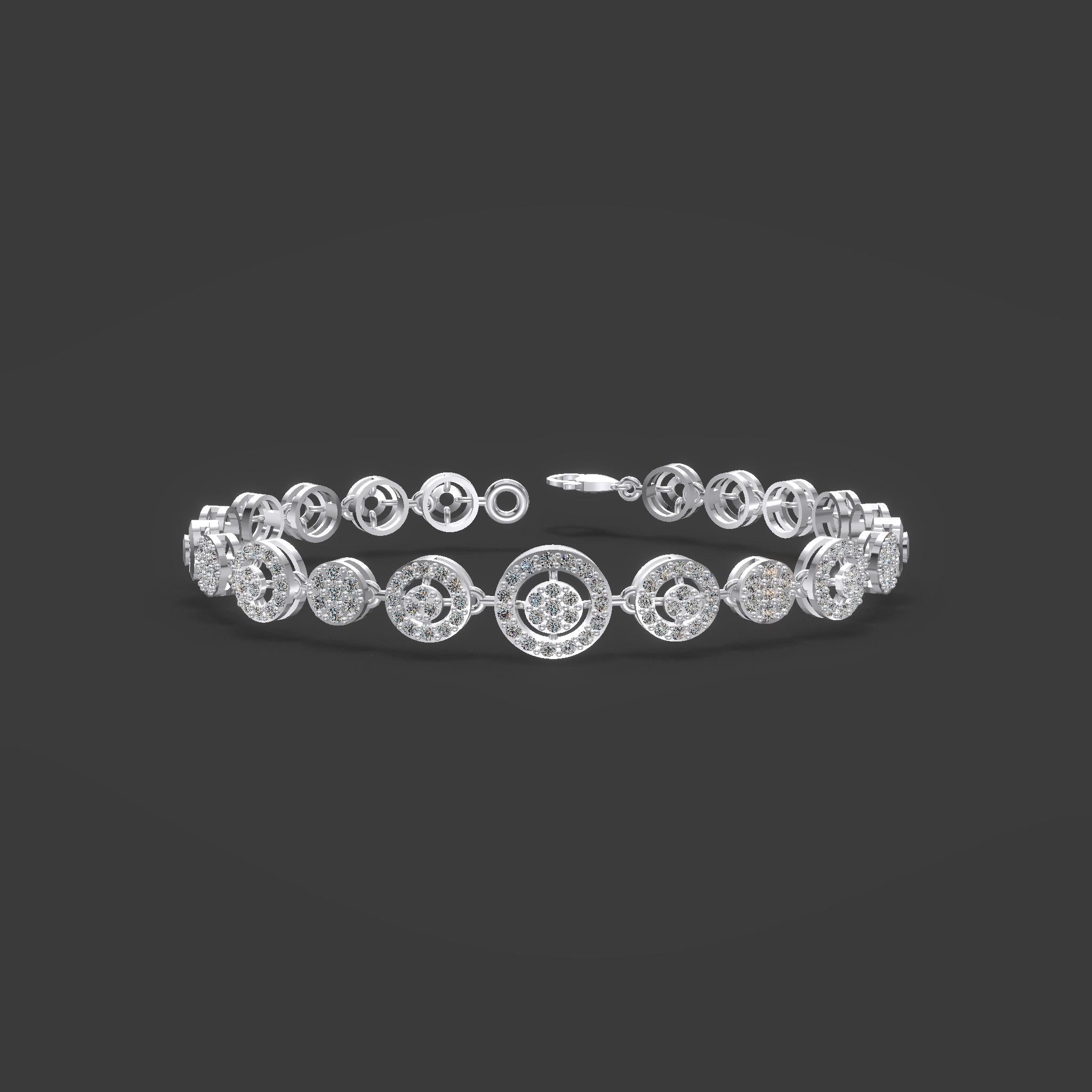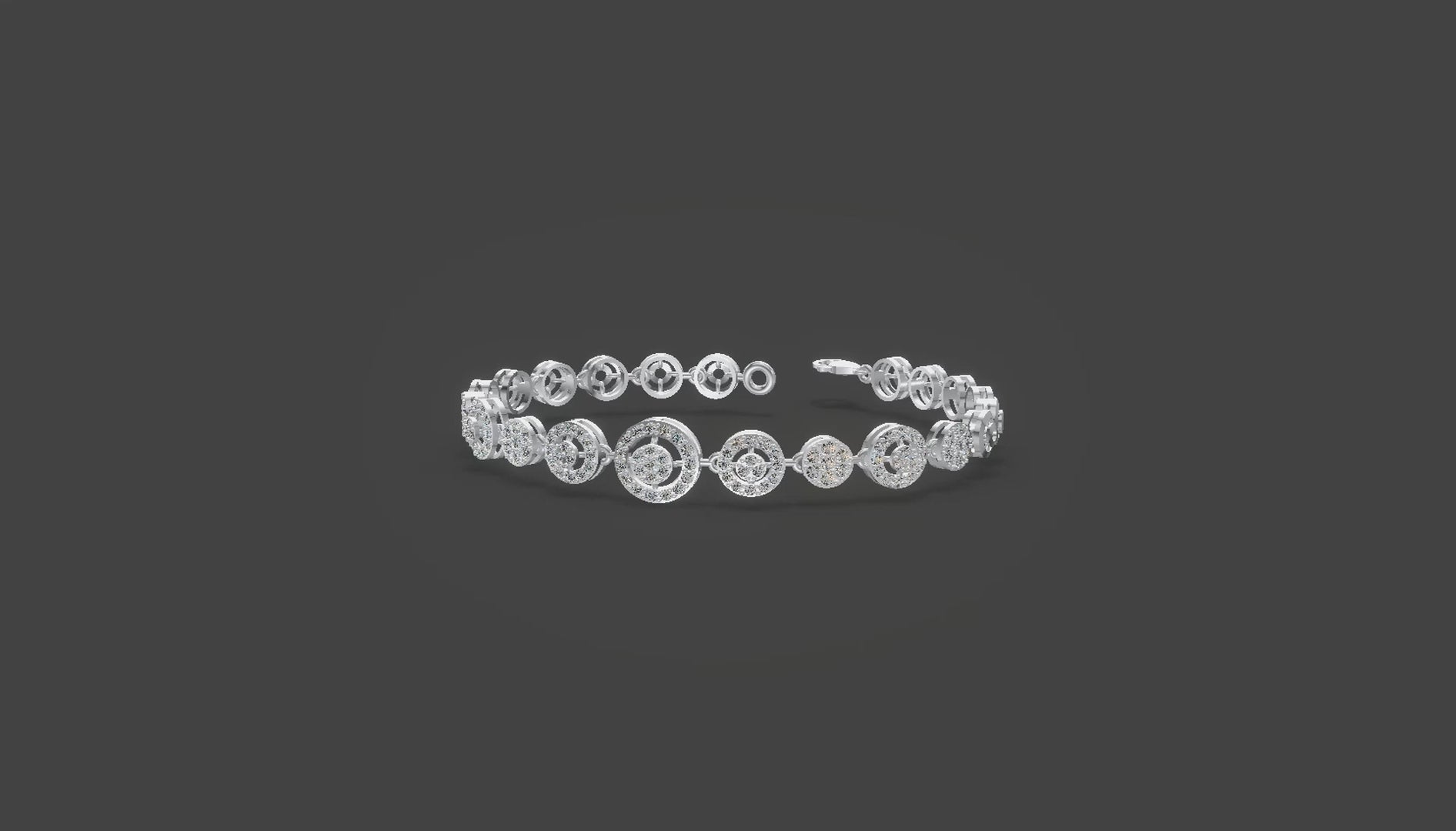

Diamonds are precious, unique, elegant and pure that adds charm and soul to the jewellery.
What are Natural (Real) Diamonds
Natural diamonds are precious gemstones formed from pure carbon atoms arranged in a crystal lattice structure, created over billions of years deep within the Earth's mantle under extreme heat and pressure.
How is Natural Diamond Formed?
-
Natural diamonds form under immense pressure and temperature, typically at depths of 150 to 250 kilometers (93 to 155 miles) within the Earth's mantle.
-
These conditions allow carbon atoms to crystallize into the unique diamond structure.
-
Diamonds are then transported to the Earth's surface by volcanic eruptions or other geological processes.
-
The most significant source of diamonds is kimberlite, a type of volcanic rock that forms in pipe-like structures.
What is Natural Diamond Composed Of?
-
Diamonds are composed entirely of carbon atoms.
-
The arrangement of these carbon atoms in a crystal lattice structure gives diamonds their exceptional hardness, brilliance, and durability.
Rarity and Value:
-
Natural diamonds are considered rare and finite resources, contributing to their high value.
-
The rarity and natural origin of diamonds often contribute to their higher price tag.
Why Choose Natural Diamonds –
-
Unlike other luxury items, diamonds have a global market, which can make them a safe store of value.
-
The rarity and limited supply of diamonds often contribute to their intrinsic value, making them highly sought after.
-
Natural diamonds have a unique structure and each one is different, giving a distinctive character to the piece of jewelry.
WHAT IS LAB GROWN DIAMONDS?
Lab Grown Diamonds - also known as "Laboratory Grown Diamonds" or "Lab Created Diamonds," are produced using modern technology.
How is Lab Grown Diamond Formed?
Lab-grown diamonds are grown in factories using sophisticated chemical synthesis over a period of 1-4 weeks. Once grown, they are polished with the same tools and brought to market in the same manner as natural diamonds.
What are Lab Grown Diamonds Composed Of?
Lab-grown diamonds, like natural diamonds, are composed of pure carbon atoms arranged in a crystal lattice structure, resulting in the same chemical, optical, and physical properties.
-
Production Methods:
Lab-grown diamonds are created by replicating the conditions under which diamonds form naturally, using methods like High-Pressure, High-Temperature (HPHT) or Chemical Vapor Deposition (CVD). -
Chemical Vapor Deposition (CVD):
In CVD, a thin diamond seed is placed in a vacuum chamber filled with a carbon-rich gas mixture (like methane and hydrogen), which is then heated, causing the carbon atoms to deposit onto the seed and grow into a diamond. -
Trace Elements:
During the growth process, trace elements may be introduced, which can affect the diamond's color. For example, nitrogen can produce a yellow hue, and boron can result in blue diamonds. -
Indistinguishable to the Naked Eye:
To the untrained eye, lab-grown diamonds are virtually indistinguishable from natural diamonds.
WHY CHOOSE LAB GROWN DIAMONDS?
-
Where your dream is diamond and jewellery, without worrying about the cost at the same time contributing to the environment.
-
Stay on top of the latest lifestyle trends, without sacrificing your personal style or budget.
-
In this ever-evolving lifestyle, with lab-growns one can get the best of all worlds.
DIAMOND SIZE CHART
Round Diamond Size Chart
Want to know the actual size of a 1 carat diamond on a hand? Use our diamond size chart to understand the millimeter (mm) size of each diamond shape.








